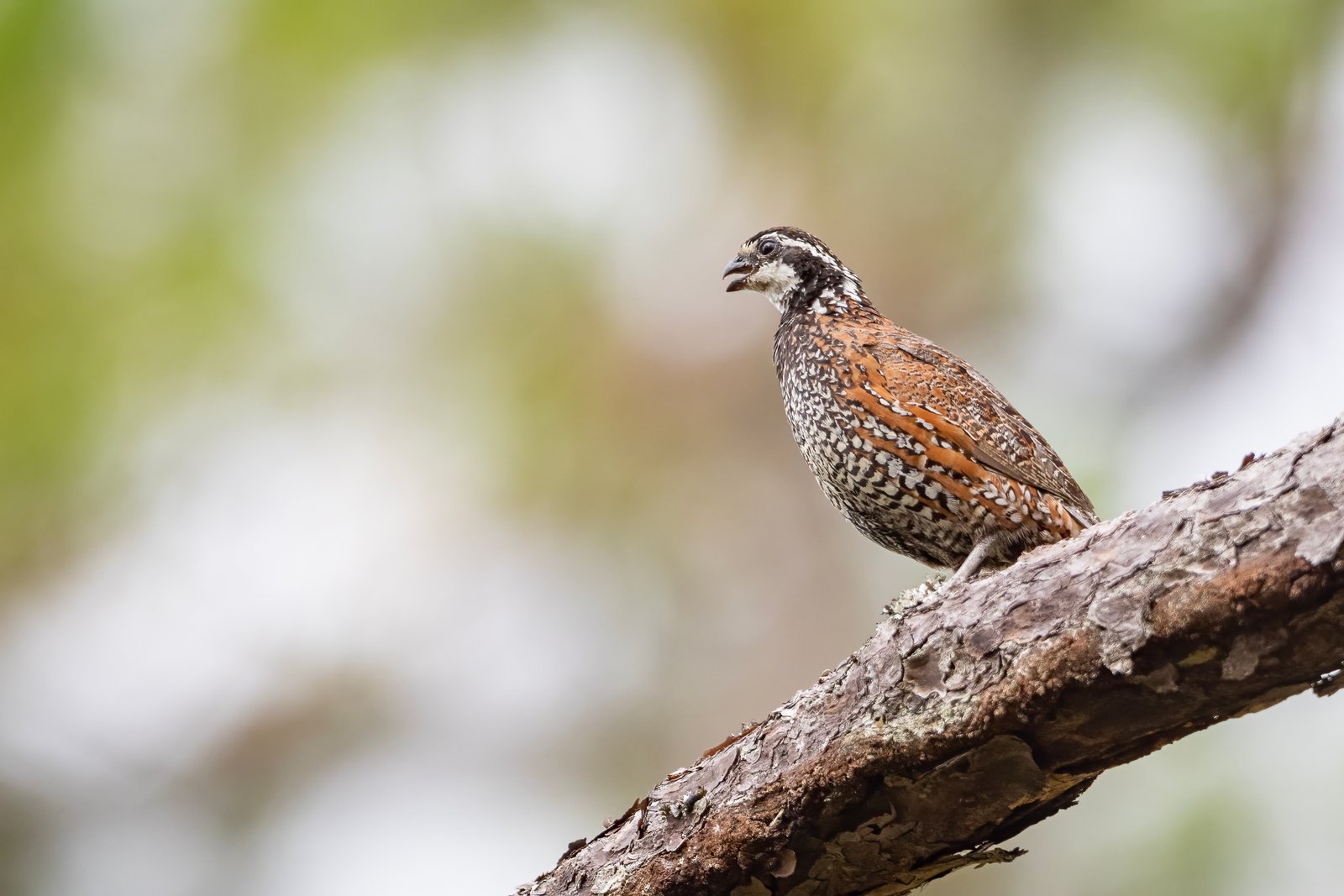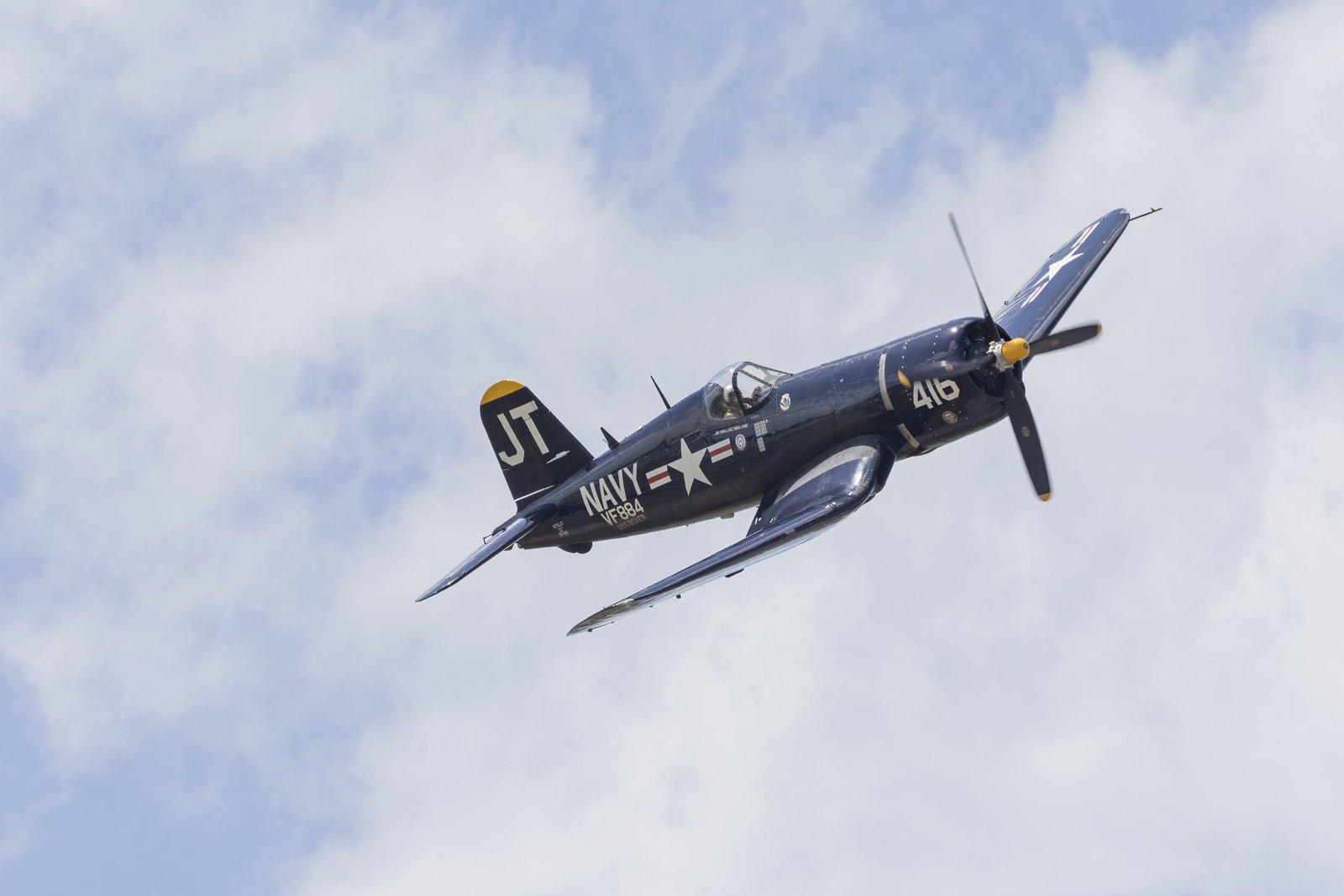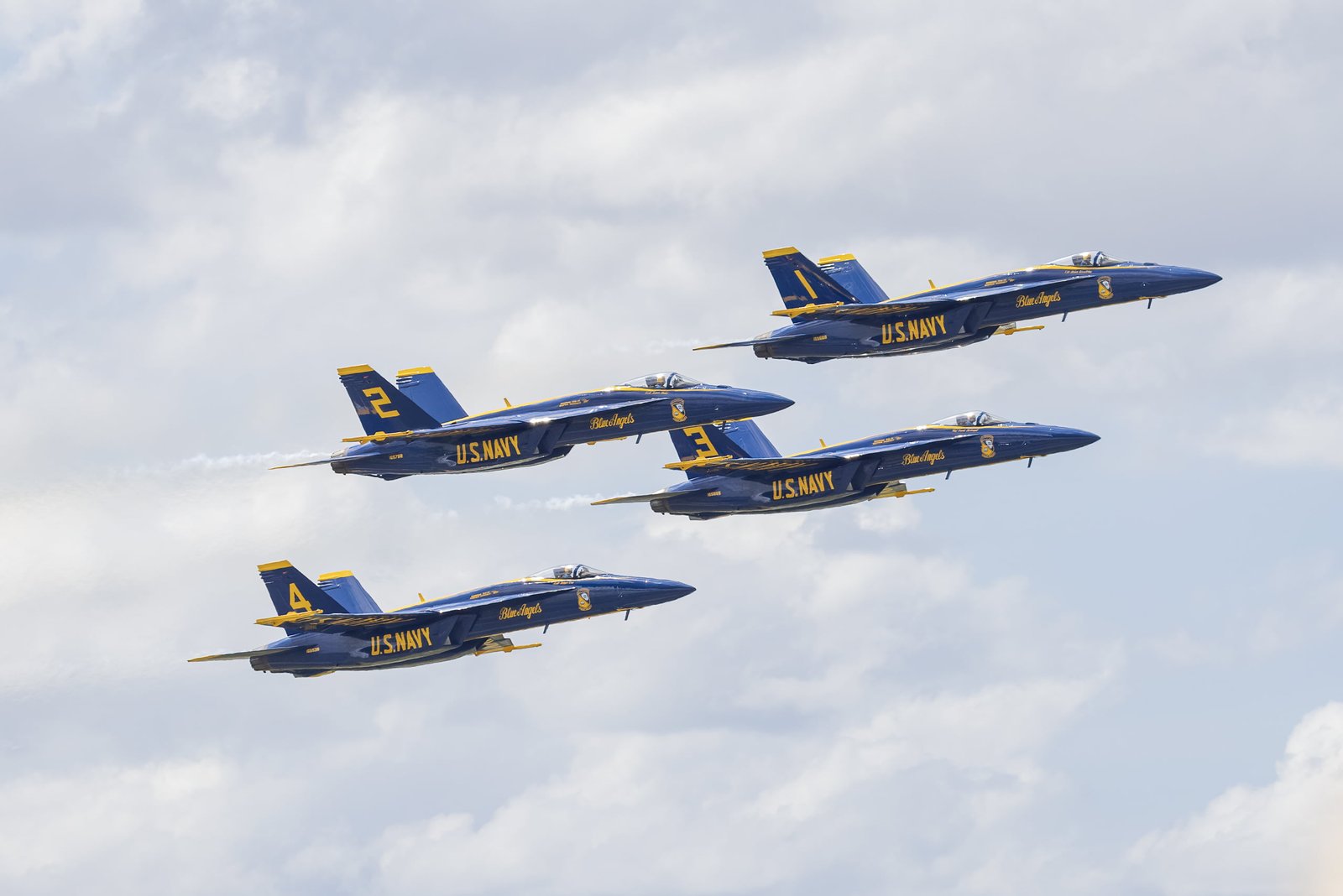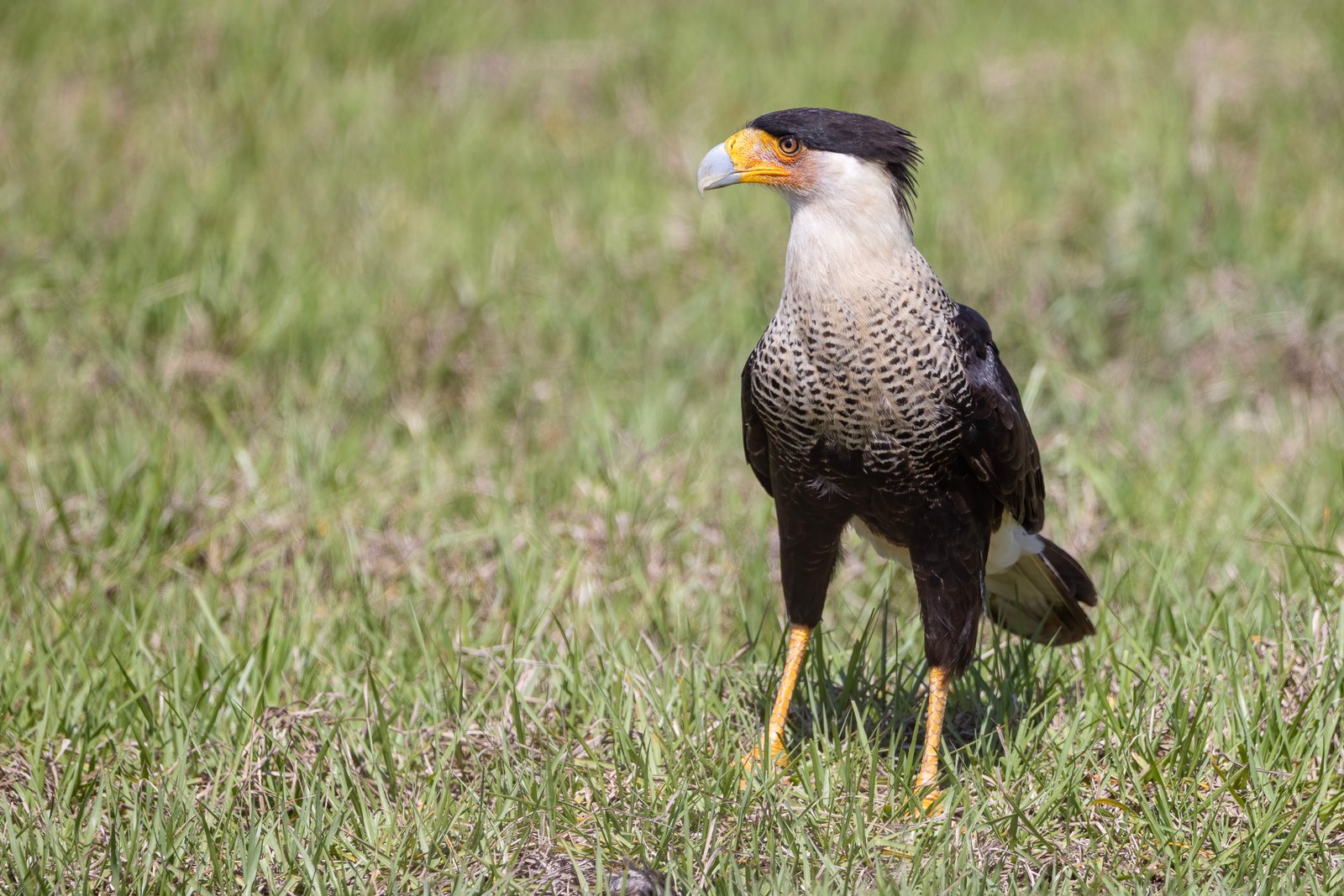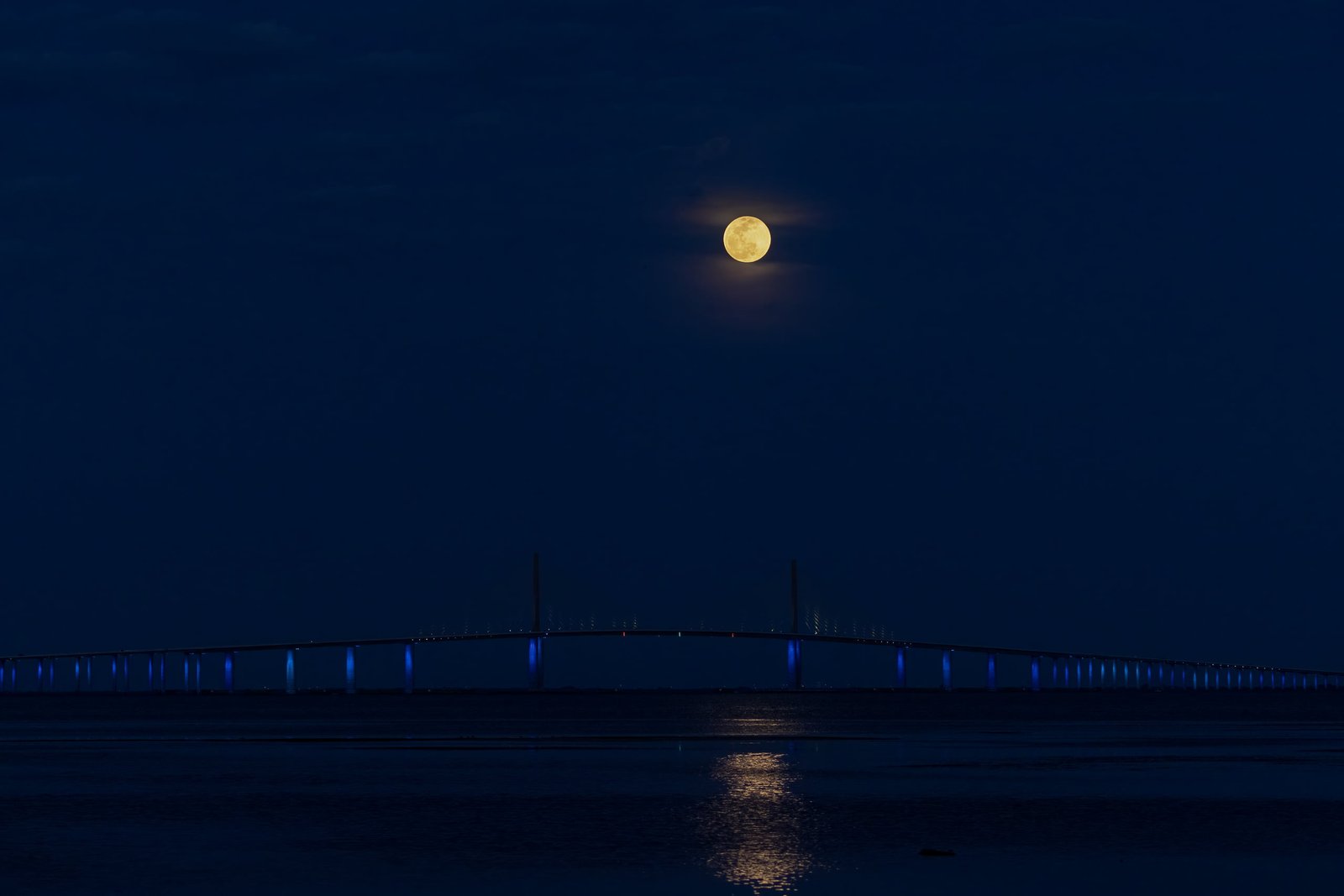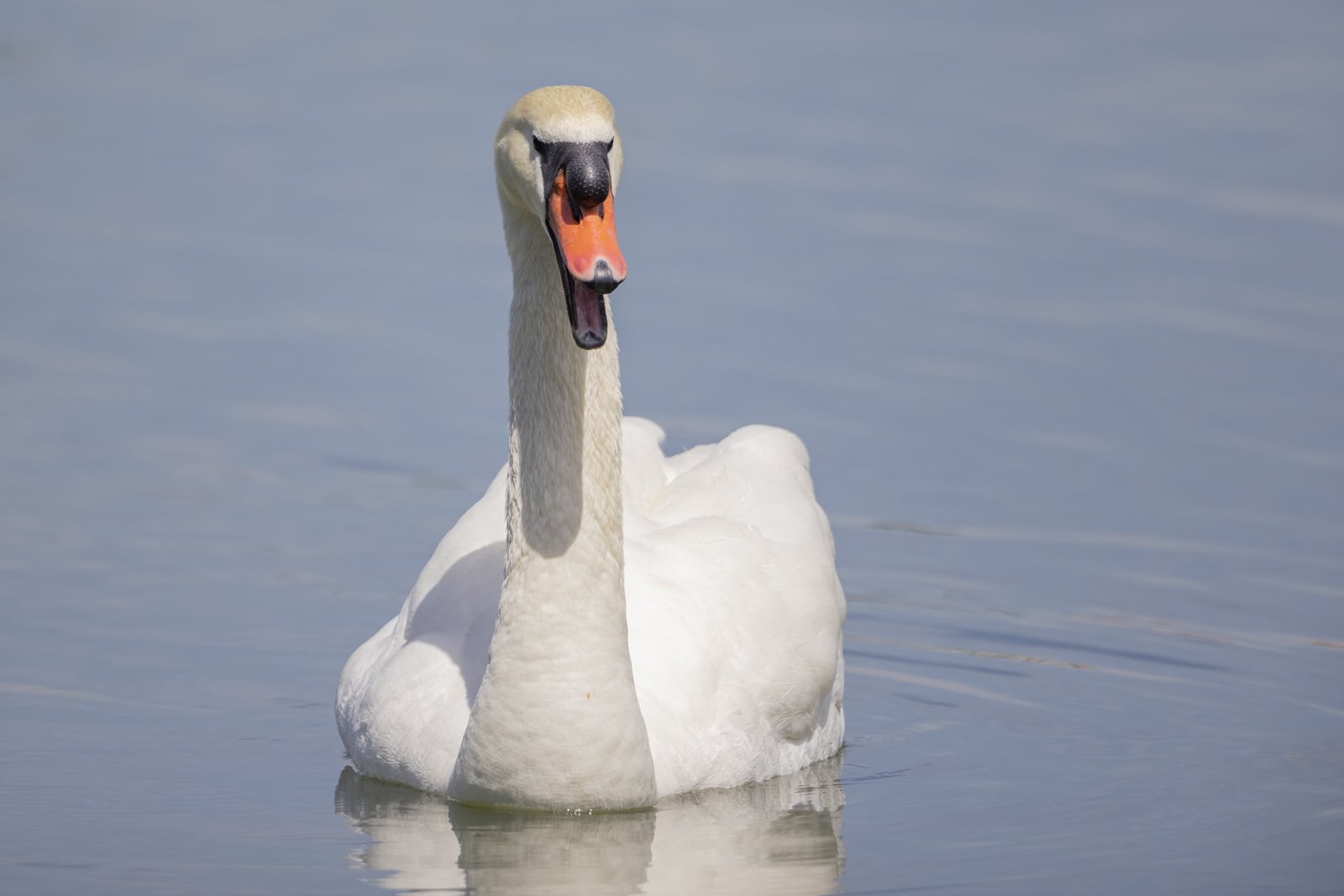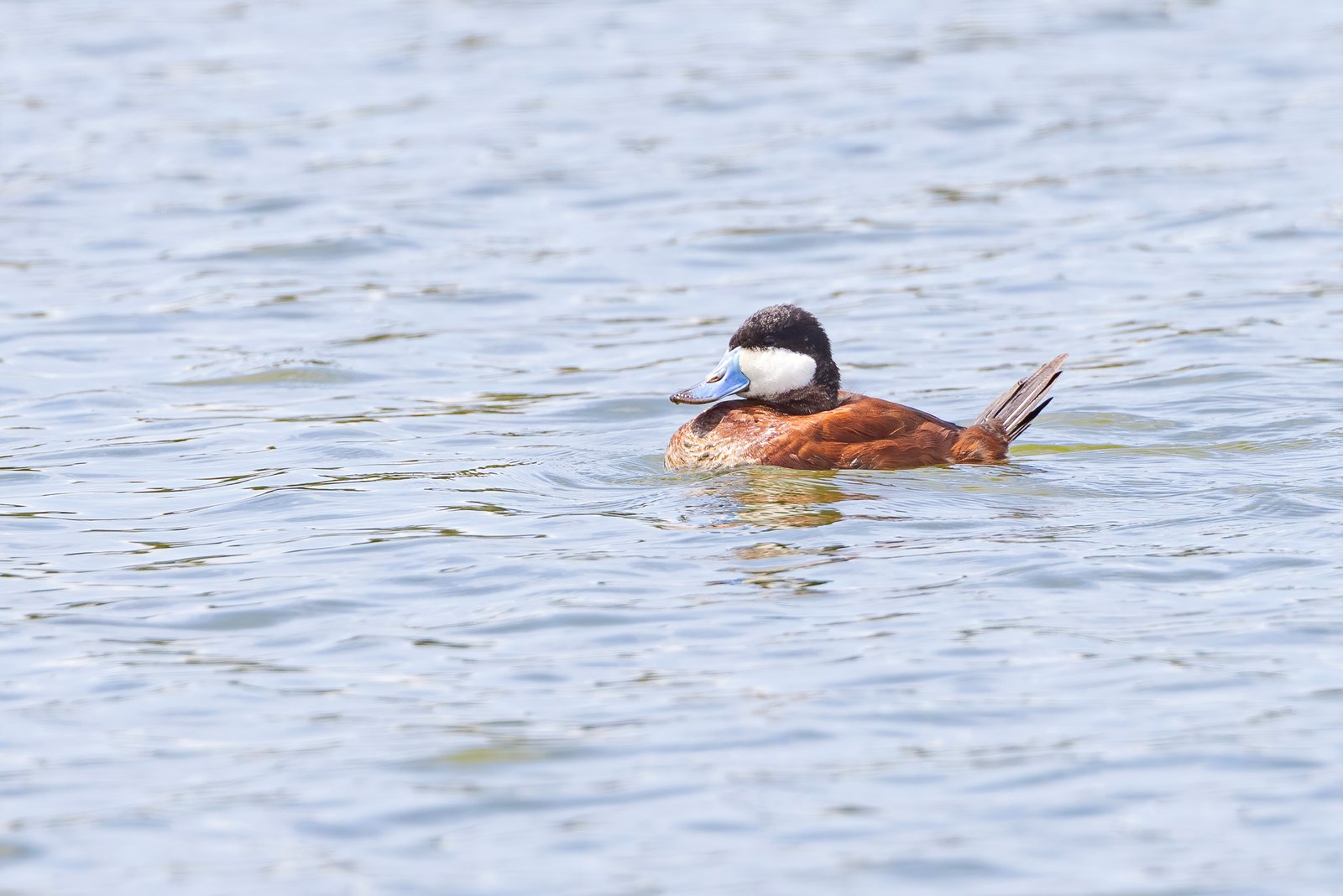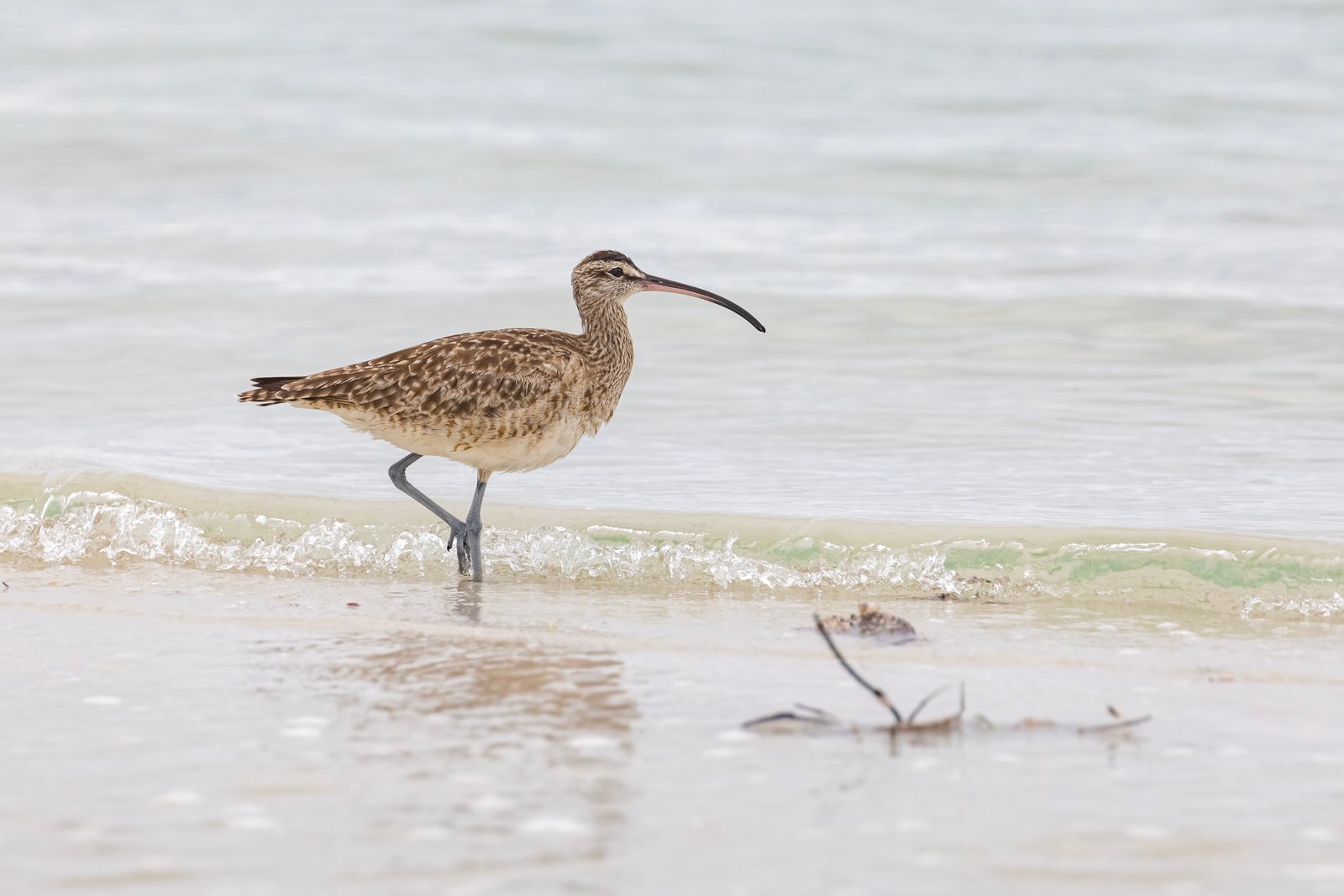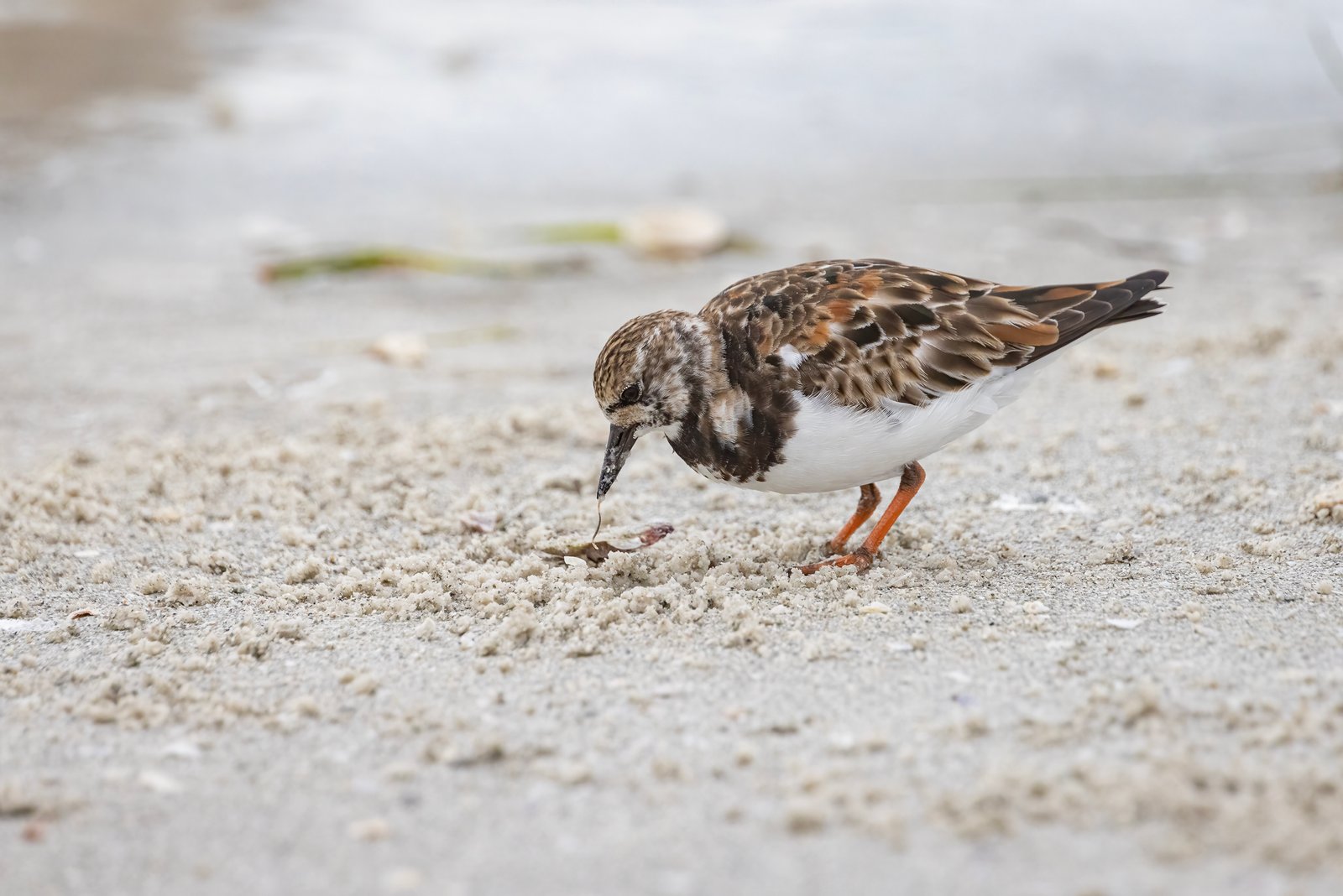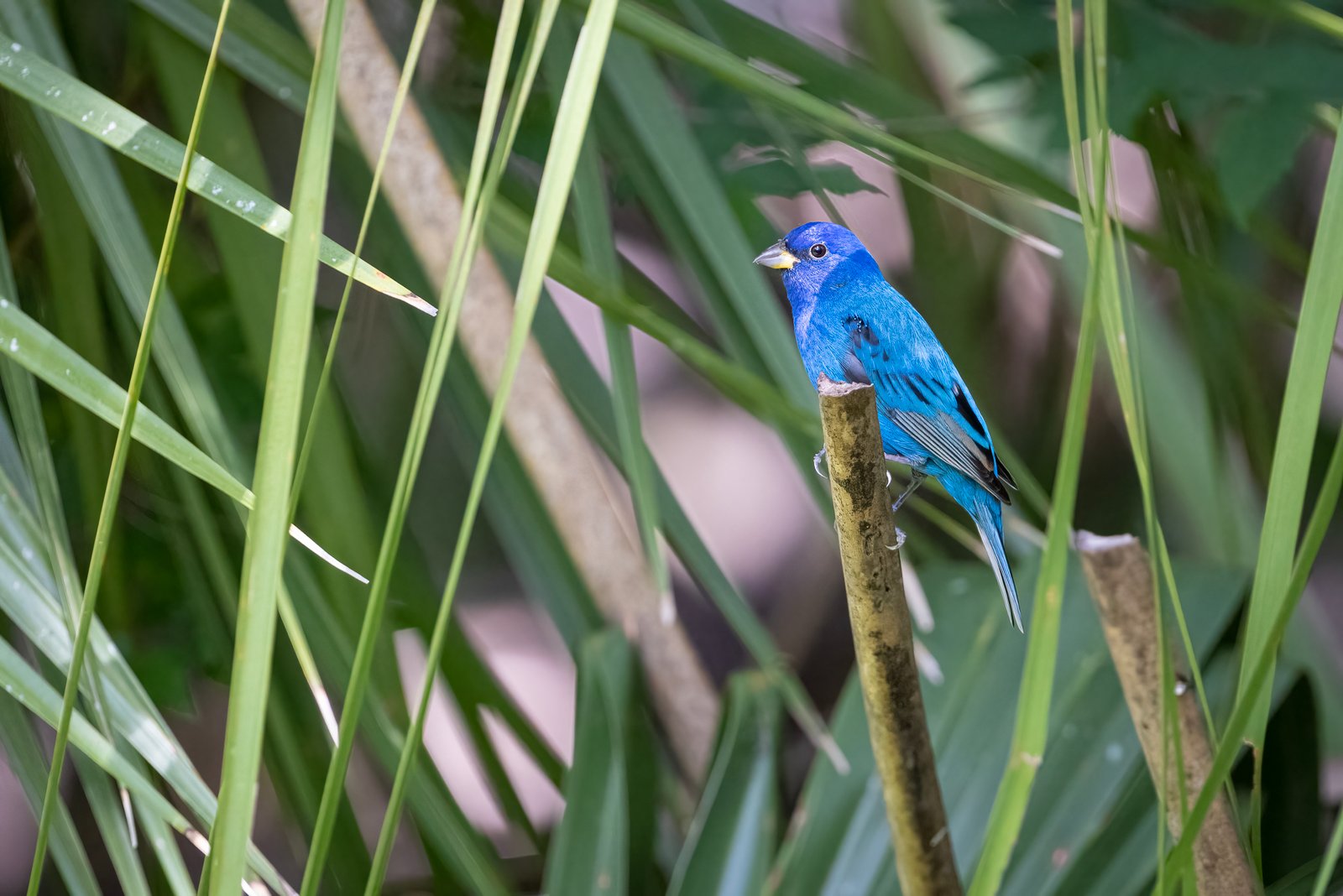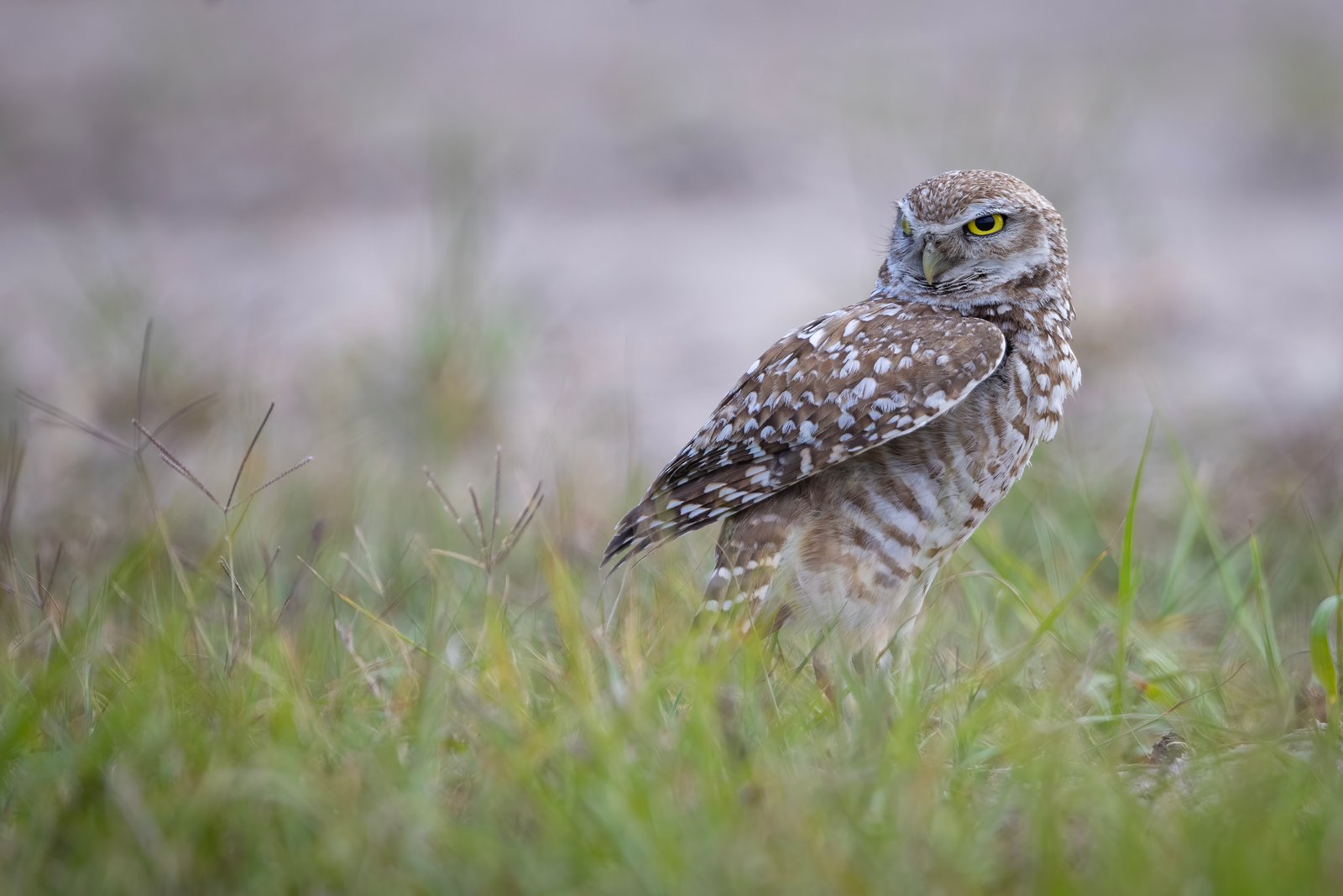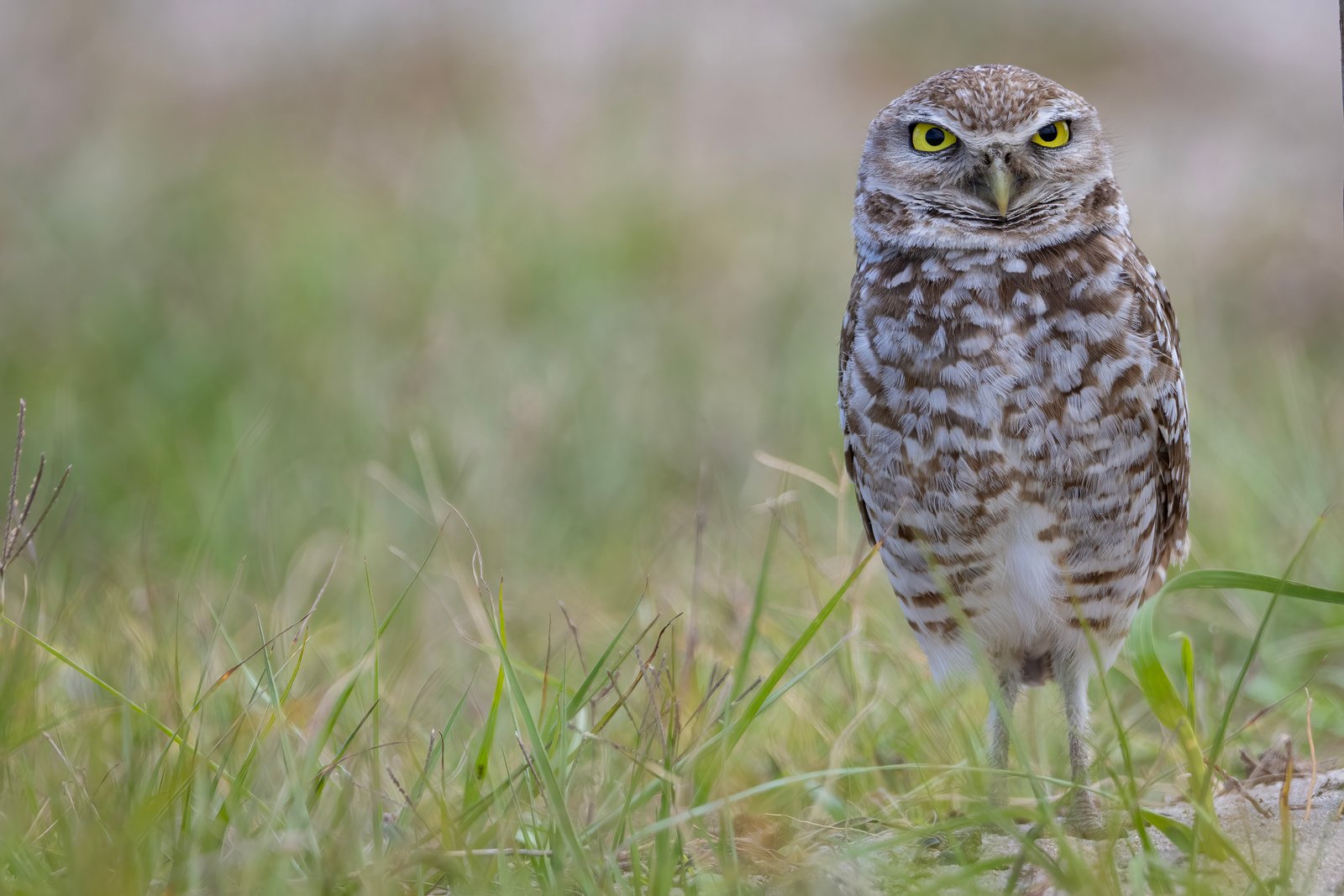A duck that is common in our area but seldom seen in the rest of the country other than southern Texas and southern Arizona is the black-bellied whistling duck. A few things make them easy to identify in the air. First is their distinctive call. They sound much like a wood duck with more of a crying sound than a quack. Next is their large white patch on their wings. The patches are easy to see because their wing beat is much slower than a typical duck. With most other ducks, males are typically more colorful, especially in winter and spring before mating season. However male and female whistling ducks look alike.
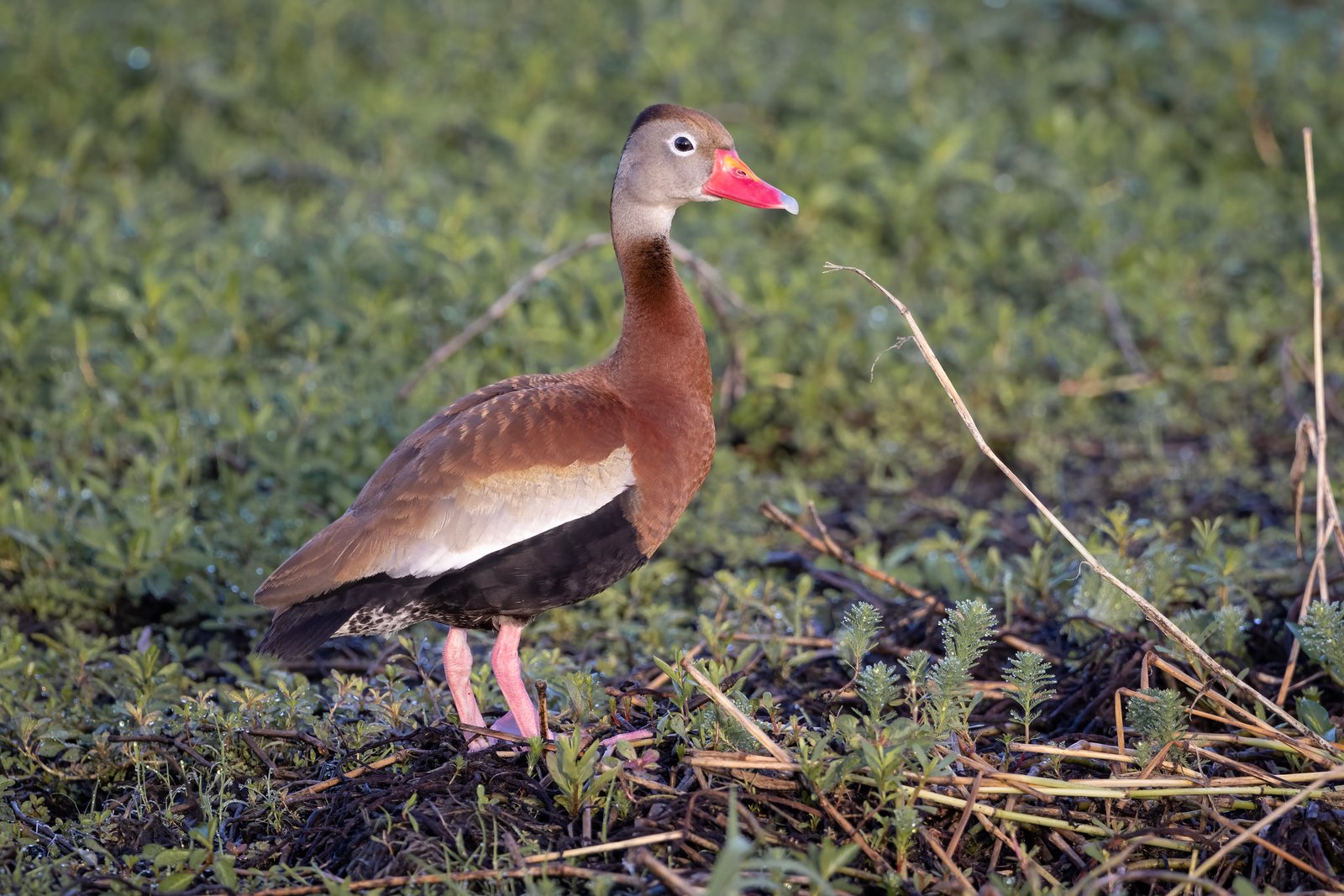
Most whistling ducks don’t usually migrate. They may travel out of the area for short periods of time but generally remain nearby. Like wood ducks, whistling ducks may sit above ground in trees. We’ve even seen them perched on telephone lines. They are easy to approach which can be detrimental. It’s not uncommon to see bald eagles carrying them back to their nests to feed their young.
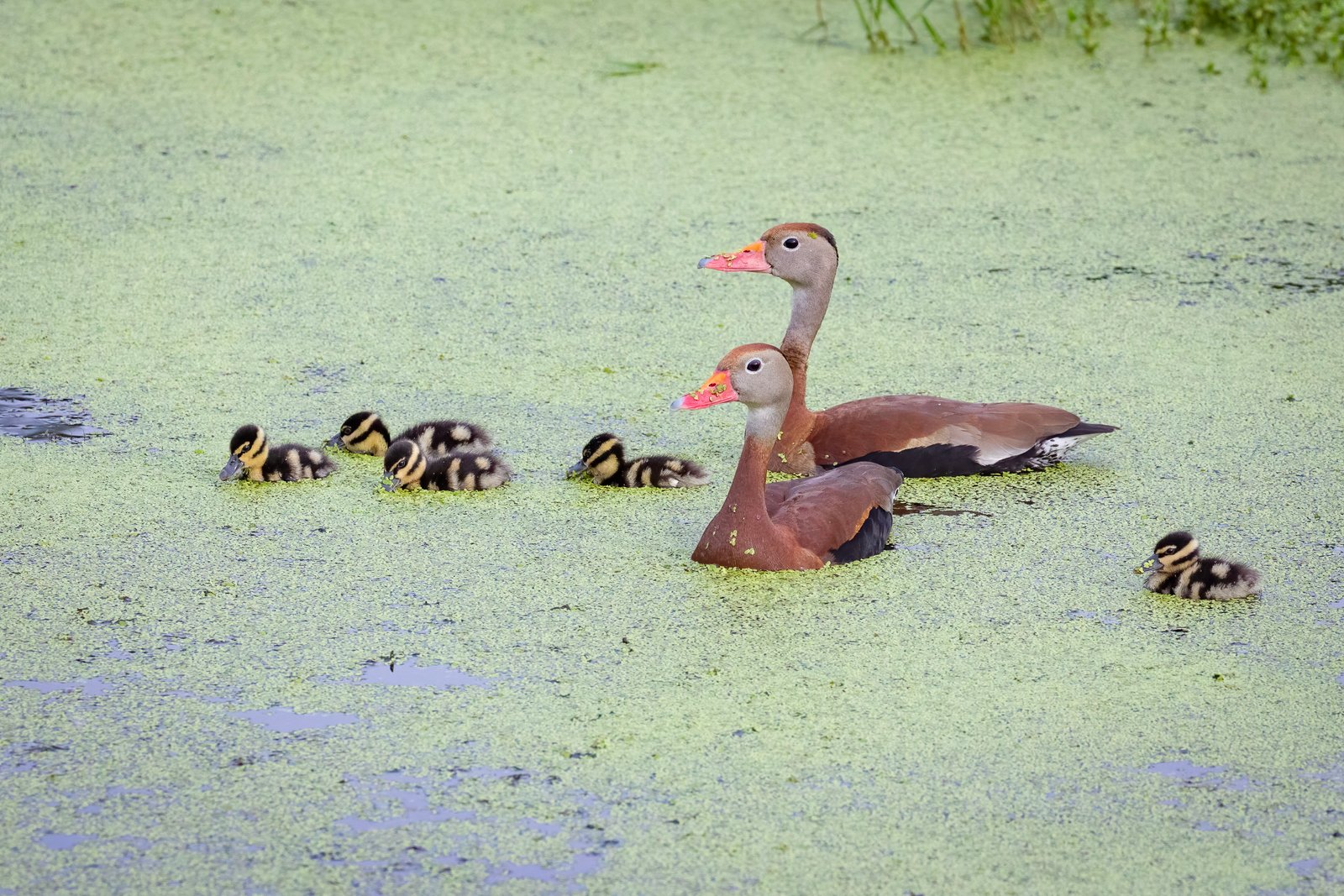
For a larger selection of photos, go to the galleries listed.



